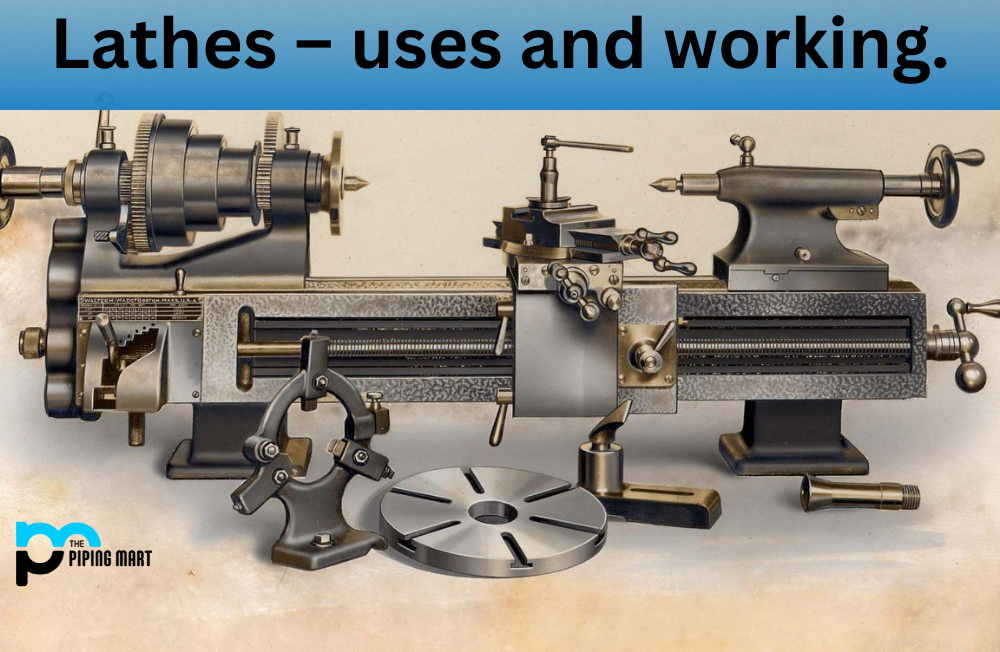Database normalization is a process used to organize data into multiple related tables. It helps ensure that data is stored efficiently and accurately, making it easier to access, update, and delete information. But, like any other tool, there are both pros and cons associated with normalizing databases. Let’s take a look at what they are.
Advantages of Normalization
There are several advantages to normalizing databases:
- Reduces Data Redundancy: Normalizing your database helps eliminate redundant data. By splitting up your tables into smaller chunks of related information, you can reduce the amount of duplicated information stored in the database. This makes it easier to keep track of updates and changes to records, as well as reduces the amount of storage space needed for the database.
- Increases Data Integrity: Data integrity refers to how accurate, and consistent the data in your database is. By breaking up related pieces of data into separate tables, it becomes much easier to make sure these pieces are always kept together when updating or deleting records. This makes it less likely that important pieces of information will be lost or corrupted when making changes to your database.
- Improves Query Performance: When your database is properly normalized, it becomes much more efficient when running queries on large amounts of data. Since related pieces of data are stored in separate tables, accessing them becomes much faster than if everything was stored in one table. This can help speed up query performance significantly and make sure that your application runs smoothly when dealing with large amounts of data.
Disadvantages of Normalization
While there are many advantages to normalizing databases, there are also some drawbacks you should be aware of before deciding whether or not this is something you want to do with your own database:
Increased Complexity
Normalizing a database increases its complexity by introducing more tables and relationships between those tables. This means that writing queries for such a database can become more difficult since you have to join multiple tables together just to get the results you need from them. Additionally, understanding how all these tables relate to each other can be tricky for someone who isn’t-isn’t familiar with relational databases. As such, proper training may be necessary before attempting this type of work on an existing database structure.
Slower Write Performance
While normalized databases can improve query performance on reads (select statements), they can actually slow down write performance (update/insert/delete statements). Since normalized databases require more joins between tables when writing records back into them, this means that operations like inserts or deletes may take longer than if everything was stored in one table instead. As such, it’s important to weigh the pros and cons carefully before deciding whether normalizing your current design is worth the effort or not.
Conclusion:
Database normalization has both advantages and disadvantages associated with it, but overall it provides many benefits, including reduced redundancy, increased integrity, improved query performance and more efficient storage usage compared to non-normalized designs. However, it also adds complexity which requires additional training, as well as slower write performance which may be an issue depending on how often you update records in your application’sapplication’s underlying database structure. Ultimately though, if done correctly, normalizing your database can lead to faster applications, better accuracy, improved scalability, fewer errors, and higher customer satisfaction. For these reasons alone, normalizing should always be considered when designing any new application or system.

Pipingmart is a B2B portal that specializes in metal, industrial and piping items. Additionally, we share the latest information and information about materials, products and various types of grades to assist businesses that are involved in this business.




